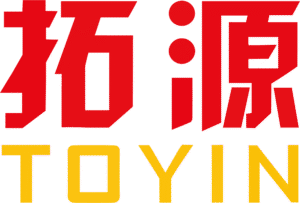
Определение в одном предложении
Heat bending (also known as line bending) is a fabrication process where a thermoplastic sheet, such as acrylic, is locally heated along a specific line until softened, then bent to a desired angle and cooled to retain the new shape (Ehrenhaus).
Подробное объяснение
Heat bending leverages the property of thermoplastics like acrylic to become pliable when heated. By applying controlled heat—typically with a strip heater or heat gun—along a marked line, the material softens only in the targeted area. The softened section is then bent using a jig or fixture to achieve precise angles or curves. Once cooled, the acrylic retains its new form with high clarity and strength. This process is ideal for creating straight or gently curved bends and is widely used for custom and small-batch production due to its flexibility and cost-effectiveness (UVACRYLIC).
Key Components of the Process
- Material Preparation: Select high-quality acrylic sheets, remove protective film, and mark the bend line.
- Localized Heating: Use a strip heater, heat gun, or resistance wire to heat the acrylic along the desired line (typical temperature: 135–160°C / 275–320°F).
- Bending: Once softened, bend the sheet over a jig or mold to the required angle. For thick sheets, a groove may be machined to aid bending.
- Cooling and Setting: Hold the acrylic in place until it cools and hardens, ensuring the shape is fixed.
- Post-Processing: Edges can be trimmed, polished, or further processed for a finished look.
Применение в реальном мире
Heat bending is essential in manufacturing:
- Display Stands: Custom retail and exhibition stands with smooth, curved edges.
- Storage Boxes and Organizers: Precision-bent acrylic for home and office use.
- Furniture and Trays: Modern, transparent furniture pieces and serving trays.
- Protective Covers and Lighting Fixtures: Custom-shaped guards and light diffusers.
TOYIN Acrylic Products Co., Ltd. excels in delivering high-precision, custom acrylic products using advanced heat bending techniques. Their ISO9001-certified processes and skilled team ensure consistent quality, whether for a single prototype or large-scale production. TOYIN’s expertise in integrating heat bending with CNC cutting, bonding, and laser engraving enables the creation of complex, visually striking products for global clients. Learn more about TOYIN’s custom acrylic solutions.
Смежные понятия
- CNC Cutting: Used for shaping acrylic sheets before or after bending.
- Bonding: Joins multiple acrylic parts, often after bending.
- Laser Engraving: Adds decorative or functional markings to bent acrylic.
- Thermoforming: Heats the entire sheet for complex, three-dimensional shapes.
- Cold Bending: Manual bending without heat, suitable only for very thin sheets.
Common Issues and Quality Control
- Uneven Heating: Can cause warping or bubbles—ensure consistent temperature.
- Overheating: May lead to discoloration or cracks—monitor heat closely.
- Precision: Use jigs and fixtures for accurate, repeatable bends.
Visual Guide

For custom acrylic fabrication with industry-leading quality and global delivery, visit TOYIN Acrylic Products Co., Ltd..


